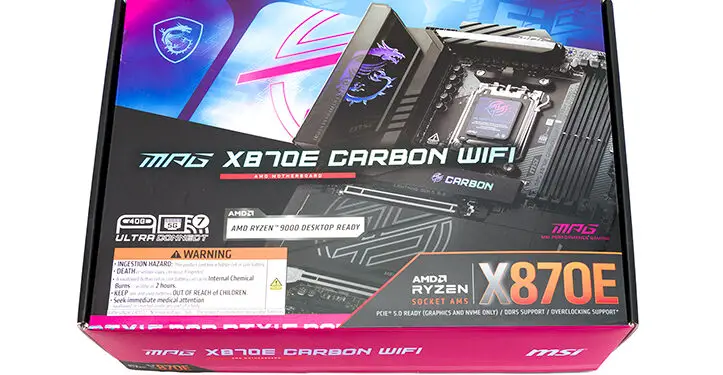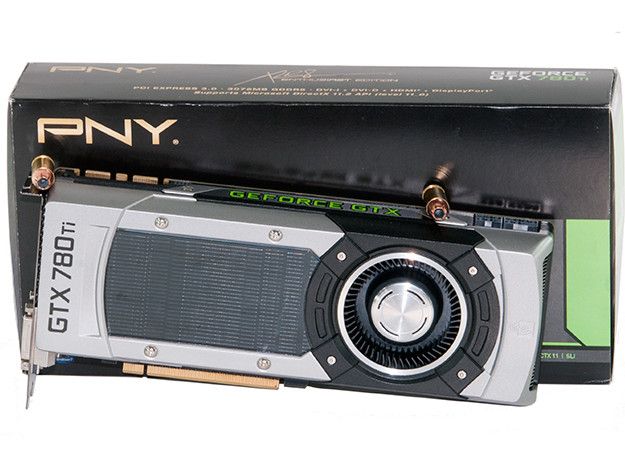
Let us address the large, hangry, tutu wearing pink elephant in the room: CPU overclocking. With both Intel and AMD offering multiple pathways for ‘automatic’ overclocking the days of true manual (AKA BIOS only) overclocking are pretty much dead. To borrow Nietzsche, “God(ly overclocking) is dead. God(ly overclocking for the CPU) remains dead. And we have killed him (with demands for unsustainable generational improvements)!” Both AMD and Intel have wizened up to our frugal ways… and now no longer offer much in the ‘free’ department. Instead they give everyone 99% (or more) of what a given tier of CPU can reliably be expected to offer ‘right out of the box’. That is how stiff the competition between these two juggernauts is (even if certain “Edutainment ‘Tubers” claim otherwise).
It straight up, no joke, is to the point where most will now be more than happy simply downloading Ryzen Master software for their Ryzen CPU and making sure PBO is ‘active’. A couple more will go the route of tweaking things in the software to optimize their overclocking a smidgen more. Very, very, very few will ever feel the need to go the BIOS route.
Which is a shame.

MSI has bestowed upon their new X870E series of motherboards a fan-frictin-tastic BIOS. One that will annoy MSI ‘old hands’ but will be extremely user-friendly to first timers sick and tired of paying a… ‘tax’ just because their motherboard has a certain brand name on it. We would go as far as saying that MSI’s ‘software’ (BIOS) is now as good as their hardware… and includes some very, very nifty features. So much so that we did not just do one overclocking option for this motherboard… but three. None of which fall even in remotely close to being in the same camp as our usual M.O. of ‘this is about as far as you can go while staying inside the realm of (reasonable) sanity’ overclock. Thus two software + one highly tweaked manual options are included. Each with different pros and cons. Each showing how little extra you can get via overclocking versus the bog standard experience.

We feel we had do this because we loved the fact that MSI’s BIOS gave us simple, easy to use… and reliable hard setting of temperatures. Hard setting of max temperature with PBO enabled at the BIOS level. Yes. All the same great taste of PBO via Ryzen Master… without the ‘filling’ feeling of having to rely upon AMD software. Software that runs on a Microsoft OS… and thus is the definition of ‘unreliable’ bordering on ‘random frustration generator’. With that said, we did not just limit ourselves to BIOS so while you can get a very good “overclock” that keeps voltages (1.35v or less) and temperatures firmly in check (or example 85c which is about as high you should be going temperature wise on any TSMC baked sand). Instead we took it a step further and added in the 200MHz option that the software easily does and wish that MSI would bake right into the BIOS so that the one drop down box was for temp and typical PBO options, and the one below it would be for more advanced PBO features. Thus negating the need to ever, ever… ever run software developed by AMD coders and programmers.
Of course the downside to PBO is that the frequencies and even power draw are more… fluid than we would like to see. Sure you can set it to go “up to” 2 full multipliers higher than your factory CPU settings… but that means somewhere between Jack and Squat with AMD CPUs (and Jack left town years ago). Thus when we say it got “up to” the 5.2 all core, 5.8 single core levels… it is highly variable. Always better than if you did nothing, but variable to say the least… as AMD CPUs think they know more than you the owner does. Which is fair. It usually is right about that, but if you are like us and like to deal in absolutes (when it comes to overclocking) Ryzen CPUs are going to bug you. You are not going to like any algorithm telling you what you can and cannot do with your purchase. However, with temperatures firmly in check and the ease of which enabling it… will make up for it. To be specific this combo resulted in an “overclock” with only moderate increase in power consumption (“up to” about 230 watts depending on test/scenario), noticeable reduction in noise, and generally speaking made things “just right” for most buyers. Just right for single core scenarios, and just right for those wanting to flex the muscle of all those cores.

(Image curtesy of tenor.com)
At the other end of the extreme is what we like to call Plaid. For those who do not get the reference the last good Star Warz movie made (SpaceBalls) has a move in it called going “to plaid”… as there is sane (Light Speed), there is stupidly fast (Ridiculous Speed), there is ‘here hold my beer’ speed (Ludicrous Speed) and then there is being needlessly and foolishly insane – Plaid. In this case that means basically nuking your warranty (that is technically already toast the minute you enable PBO… even if you underclock with it) and telling the CPU to suck back all the power it wants (well over 300 watts) and ramming into the TjMAX “wall” and staying there. Which it will “happily” do. Right up until the magic smoke escapes and your expensive CPU gives up and either “quiet quits” on you or chooses violent and spectacularly kills itself.

(Image curtesy of tenor.com)
Yes. You will get better results if you do go to plaid. There is no denying that fact. It however is dumb. The improvements are not that significant (“up to” about…ish 5.35 all core and maybe 5.9 single core). Especially when it ignores the ‘safe’ voltages that AMD has set and thus will degrade your CPU. In fact, the voltages it will push are straight up insane. So insane we did dial it back a smidge via Curve Optimization (negative 20 on the ‘good’ CCD0 and negative 10 on the ‘bad’ CCD1)… because ooof. Your brains have to be in your as… err… feet to want to go full plaid.
This nicely segues into our manual overclock. You see we think AMD is already pushing the boundaries when they say 1.35v is ‘safe’… and we think they know it too. That is why PBO technically nukes your warranty. So while AMD says you are good to push 1.35v. We disagree. We disagree because the actual maker of the chiplets (TSMC) has publicly stated their 4nm (and 3nm for that matter) node process has a maximum safe voltage of 1.20v. This is what we consider a hard safe limit… and what we used for our manual “all core” overclock.
As you will see in the coming pages, 1.2v is pretty much a sweet spot for our CPU and going above it really will not net you all that much in the real world beyond higher power consumption, higher noise output, and higher heat loads (still in the 70s… albeit with a Artic Liquid Freezer 3 420mm AIO). To be precise, our manual overclock only consumed “up to”… about… ish… kinda-sorta… 190 – 195 watts. Call it 200W in extreme circumstances. That is a mere “up to” 30 watts more than stock and yet gives nearly as good performance as a bog standard PBO overclock without the need to hard limit temperatures… as they stay in check almost as good as ‘stock’ (low 70s… sometimes in the high 60s depending on single vs all core scerarios).
Make no mistake this takes time. Especially when with these dual CCD Ryzen CPUs there usually is one ‘good’ and one ‘meh’ CCD. Ironically the “good” will hold you back on underclocking, and the “meh” one will hold you back on overclocking. Yes, that is counter intuitive for novices, but historically speaking the old rule of thumb for quickly binning CPUS for overclocking was to look for the hottest CPU at stock and use it… as that leaky SOB would overclock further than one that was cool as a cucumber. Usually. No guarantees beyond “60% of the time, it works every time”.
So while you will come across a lot of “Quick ‘n’ Dirty Negative Thirty” type saying on certain edutainment channels… you are not going to get that good and keep it 1.2v. Instead try neg ten on both CCDs. With testing we found neg 20 and neg 10 worked ‘good enough’ for our needs. Of course, if you really want to take any and all fun out of it, yet invest the same or more amount of time, you can “cheat” a bit via running the “Derive” Function on per core, let it run… and then plunk the settings into BIOS to lock them in. Once again it just comes down to how much time you want to spend on eking out max performance without using high voltages.
With all that said, for many the bone stock PBO + 85C (or lower) setting in the BIOS will be good enough… because you are not going to get that high single active core performance when you go down the full manual mode road. In fact, for some scenarios all that extra work will net you a worse performing system. So before you do anything beyond PBO + 85C in the BIOS think about what you are going to be doing on a day to day basis. Most will find that manual overclocking is indeed dead for them… and only us oddities will find it worth the effort. Your Mileage May Vary as the old saying goes… and hopefully “May the Schwartz Be With You” be more applicable than “May The Odds Be Ever In Your Favor”!










